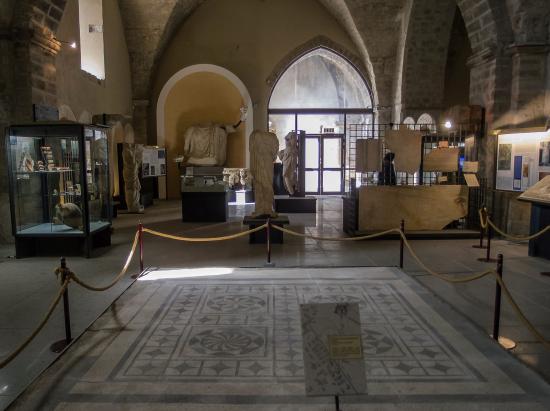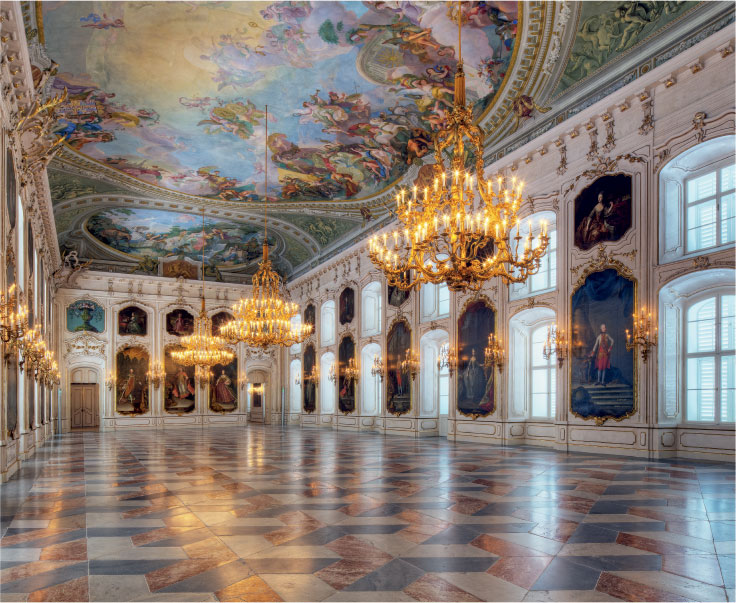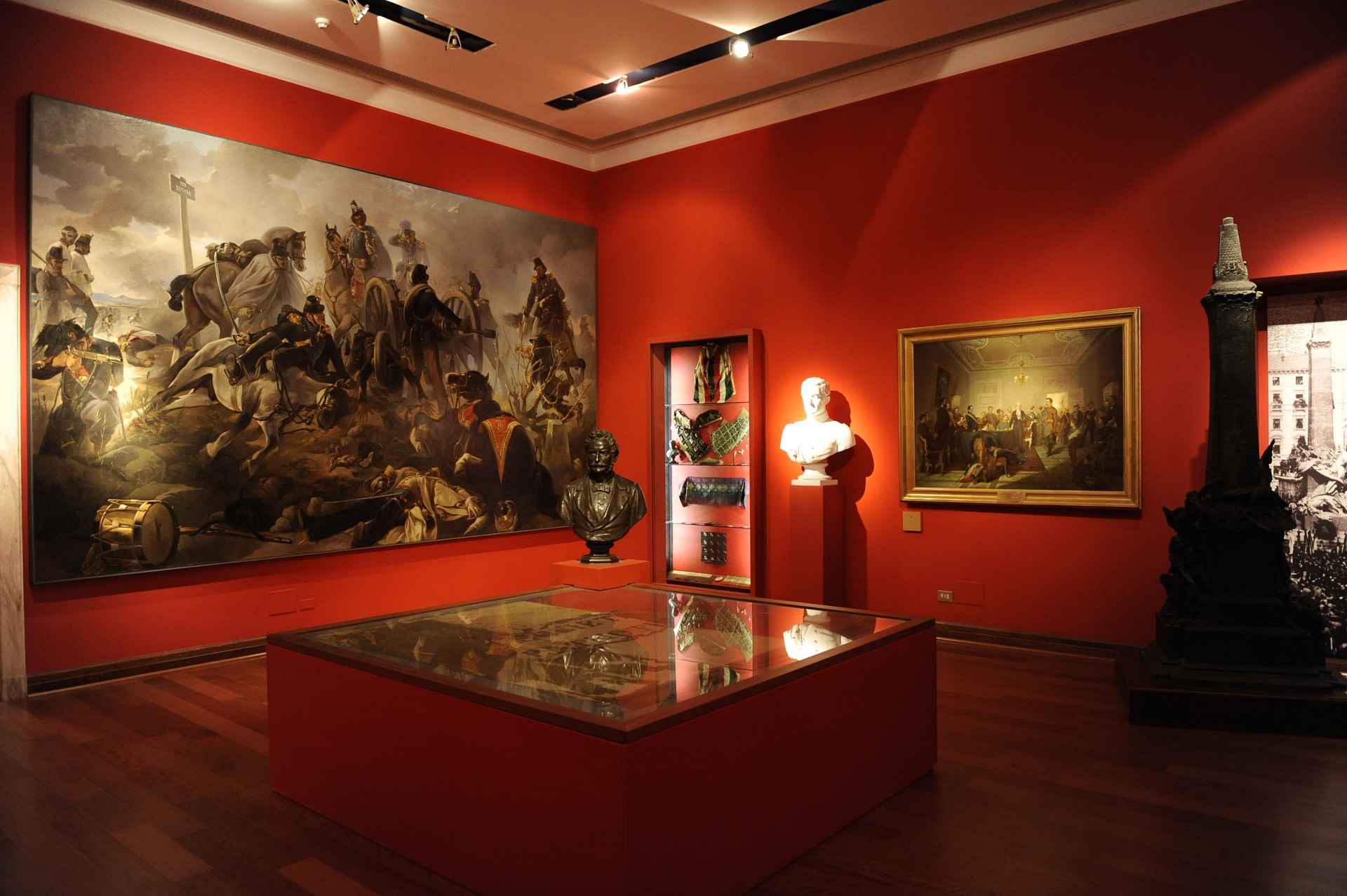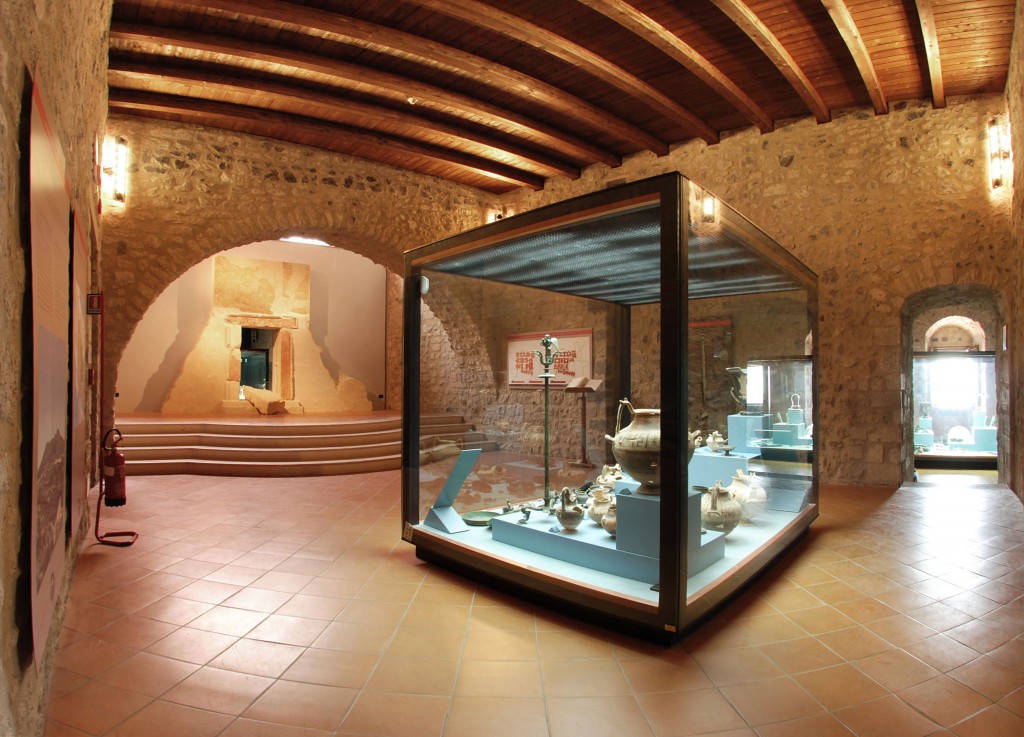The Museum exhibits finds from excavations in the ancient centre and in the territory of Teanum Sidicium, inhabited by an Italic population speaking Osco who developed their own original figurative culture since the 6th century BC. The exhibition, organized by contexts of discovery, develops on the two naves of the medieval building the main dynamics of occupation of the territory: the age of the villages (VIII-IV century B.C.: rooms II-IV) and the age of the city (III century B.C. – VII century A.D.: rooms V-VII). The main nuclei are the votive objects deposited in the sanctuaries, in particular the sacred area built in Loreto, since before the foundation of the city, on a rocky spur incorporated in the urban area, and the sanctuary of the village of Fondo Ruozzo, frequented from the archaic period to the annibalic wars and again in the sillan age, which has returned statuettes, pottery, miniature pottery, ex voto depicting animals and products of the earth. The density and richness of the population of Sidicina is, moreover, testified by the funerary goods of the necropolis of both villages and towns (Torricelle, Campofaio, Gradavola, Carrano, Orto Ceraso), with materials ranging from the end of the sixth century BC to the full Roman imperial age. The Museum also houses a section dedicated to urban excavations, among which the most important intervention is the recovery of the Roman theatre, located in a central area of the city, which preserves almost entirely the cavea and the scenic building with its sumptuous architectural and sculptural decoration, pertinent to an extension of the Severan period. Of particular interest is also the mosaic depicting the Epiphany which is the oldest attestation of this theme in Italy on mosaic.













